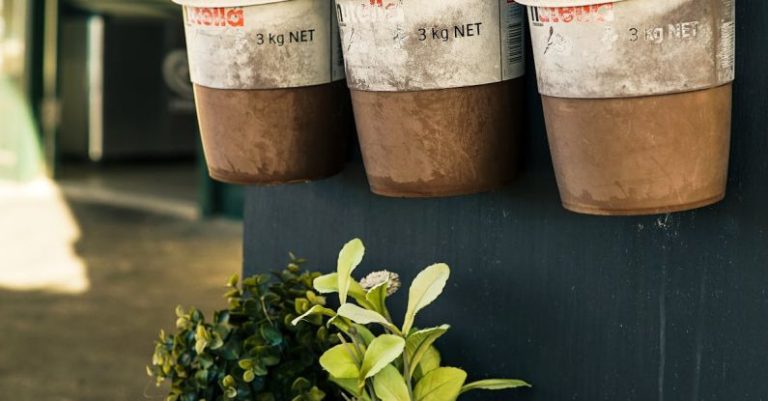The Art of Bonsai: a Beginner’s Guide
Bonsai trees are captivating miniature works of art that have been cultivated for centuries. The art of bonsai originated in China and then spread to Japan, where it became deeply rooted in their culture. Today, bonsai has gained popularity worldwide as a hobby that combines creativity, patience, and horticultural skills. If you are a beginner intrigued by the idea of growing these tiny trees, this guide will provide you with essential tips to embark on your bonsai journey.
Selecting the Right Tree
Choosing the right tree is the first and most crucial step in bonsai cultivation. There are various species suitable for bonsai, such as juniper, pine, maple, and ficus. When selecting a tree, consider factors like the climate in your area, the amount of sunlight available, and the level of care required. Beginners are often advised to start with hardy species that are more forgiving of mistakes, such as the juniper or ficus.
Understanding Bonsai Styles
Bonsai trees are styled in various ways to mimic the shapes and proportions found in nature. Some common bonsai styles include formal upright, informal upright, slanting, cascade, and windswept. Each style conveys a different mood and aesthetic, so take your time to explore and identify which style resonates with you. As a beginner, it’s helpful to study different bonsai styles and understand the principles behind each one before attempting to shape your tree.
Tools and Techniques
To care for your bonsai tree effectively, you will need a set of basic tools, including shears, wire cutters, concave cutters, and a root rake. These tools are essential for pruning, wiring, and repotting your bonsai. Pruning is a crucial technique in bonsai cultivation as it helps maintain the tree’s shape, promote growth, and encourage ramification. When wiring your bonsai, be gentle to avoid damaging the branches and always remove the wire before it cuts into the bark.
Watering and Feeding
Proper watering is essential for the health and growth of your bonsai tree. Overwatering can lead to root rot, while underwatering can cause the tree to wither and die. The frequency of watering depends on factors like the tree species, pot size, soil composition, and environmental conditions. As a general rule, check the soil moisture regularly by inserting a finger into the soil. If it feels dry, water the tree thoroughly until the excess water drains out from the bottom of the pot.
Repotting and Soil
Repotting is a necessary process in bonsai cultivation to prevent the tree from becoming root-bound and to refresh the soil. The frequency of repotting varies depending on the tree species and its growth rate. When repotting your bonsai, carefully prune the roots to encourage new growth and replace the old soil with fresh bonsai soil mix. The ideal bonsai soil is well-draining, aerated, and provides adequate nutrients for the tree.
Patience and Perseverance
Bonsai cultivation is a practice that requires patience, dedication, and a long-term perspective. Trees do not transform into mature bonsai overnight; it takes years of care and training to develop a tree that reflects the harmony and balance of nature. As a beginner, embrace the learning process, accept failures as opportunities to improve, and celebrate the small victories along the way. Remember that bonsai is not just about growing a tree; it’s about cultivating a connection with nature and expressing your creativity through living art.
Embracing the Bonsai Journey
As you embark on your bonsai journey, remember that each tree has its own story to tell and unique characteristics to showcase. Take the time to observe your tree, listen to its needs, and adapt your care routine accordingly. Bonsai cultivation is a continuous learning experience that offers a sense of fulfillment and connection with nature. Enjoy the process, experiment with different styles and techniques, and let your creativity flourish as you shape and nurture your bonsai tree into a living masterpiece.






